The most important common point of additive manufacturing technologies that produce on powder bed is the flexibility they provide in the manufacturing of complex structures. It is one of the industry’s most preferred additive manufacturing methods, with its sensitivity and strength advantages due to combining micron-scale powders. The three important technologies of manufacturing on powder bed are as follows:
MJF
The MJF technology developed by HP is the most advanced of the 3D printing technologies using polymer materials. It produces with the principle of sintering by piling the PA12 material in powder form on the table in layers, dropping chemicals on it and then exposing it to heat. The features offered by the products produced without the need for support materials include high strength and thermal resistance, impermeability, flexibility and compatibility with surface treatments.
SLS
Another powder-based 3D printing technology is SLS. Working with the principle of sintering with the help of a laser, SLS provides properties close to the products produced with MJF technology in manufacturing. In this method, which also offers high strength and flexibility, layer traces are more prominent than MJF. In addition, products produced with SLS technology can be easily painted.
DMLS
DMLS works with laser sintering of layers consisting of metal powders in the powder bed. Due to the weight of the products formed during manufacturing, support materials are used. Therefore, it requires post-manufacturing processing. It enables the manufacturing of metal models with complex patterns or features such as internal cavities that traditional methods cannot produce. It uses powder materials such as aluminium, titanium and stainless steel.
 Europe
Europe  Türkiye
Türkiye  United Kingdom
United Kingdom  Global
Global 

 Login with my Xometry account
Login with my Xometry account  0
0

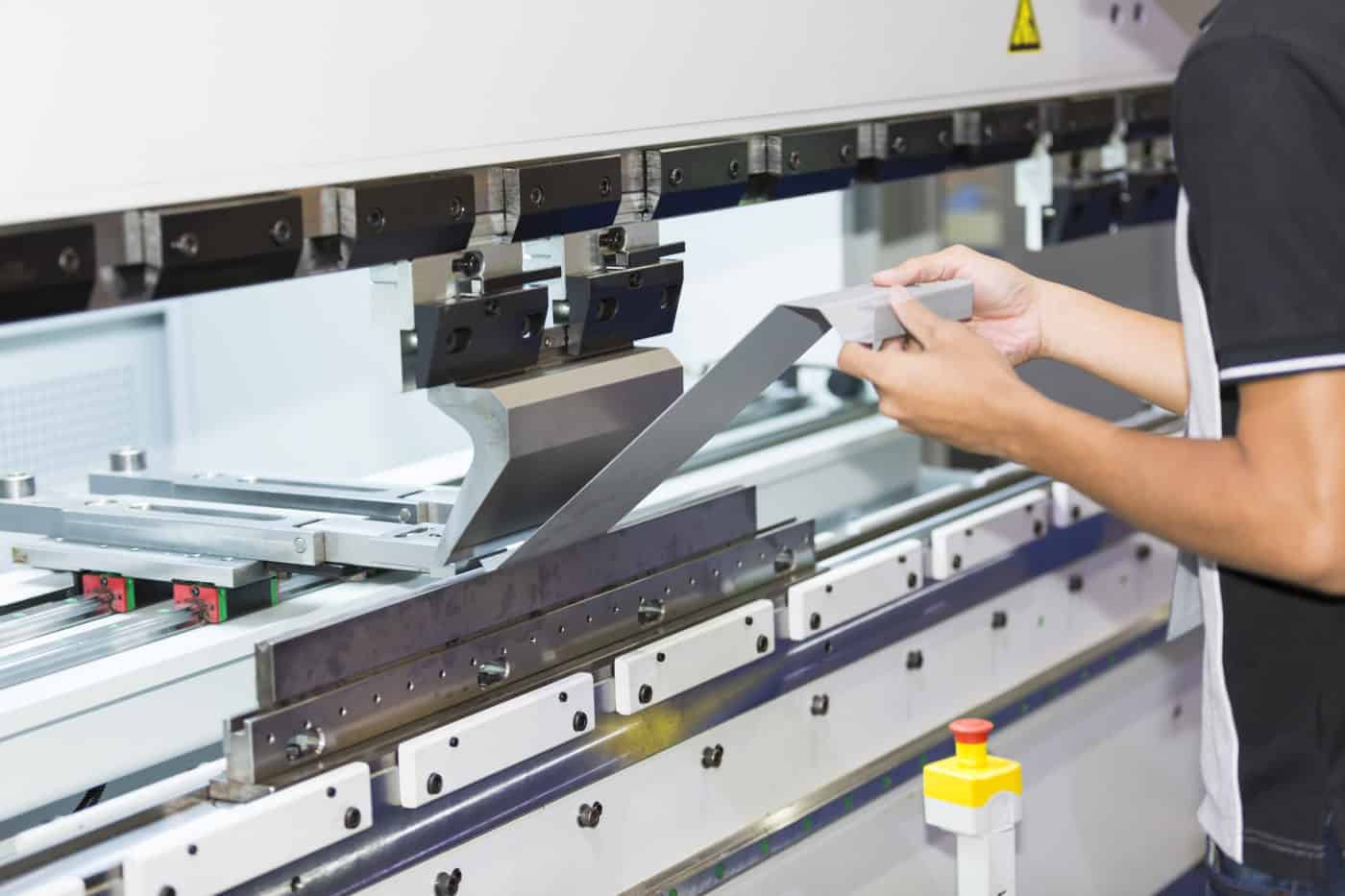

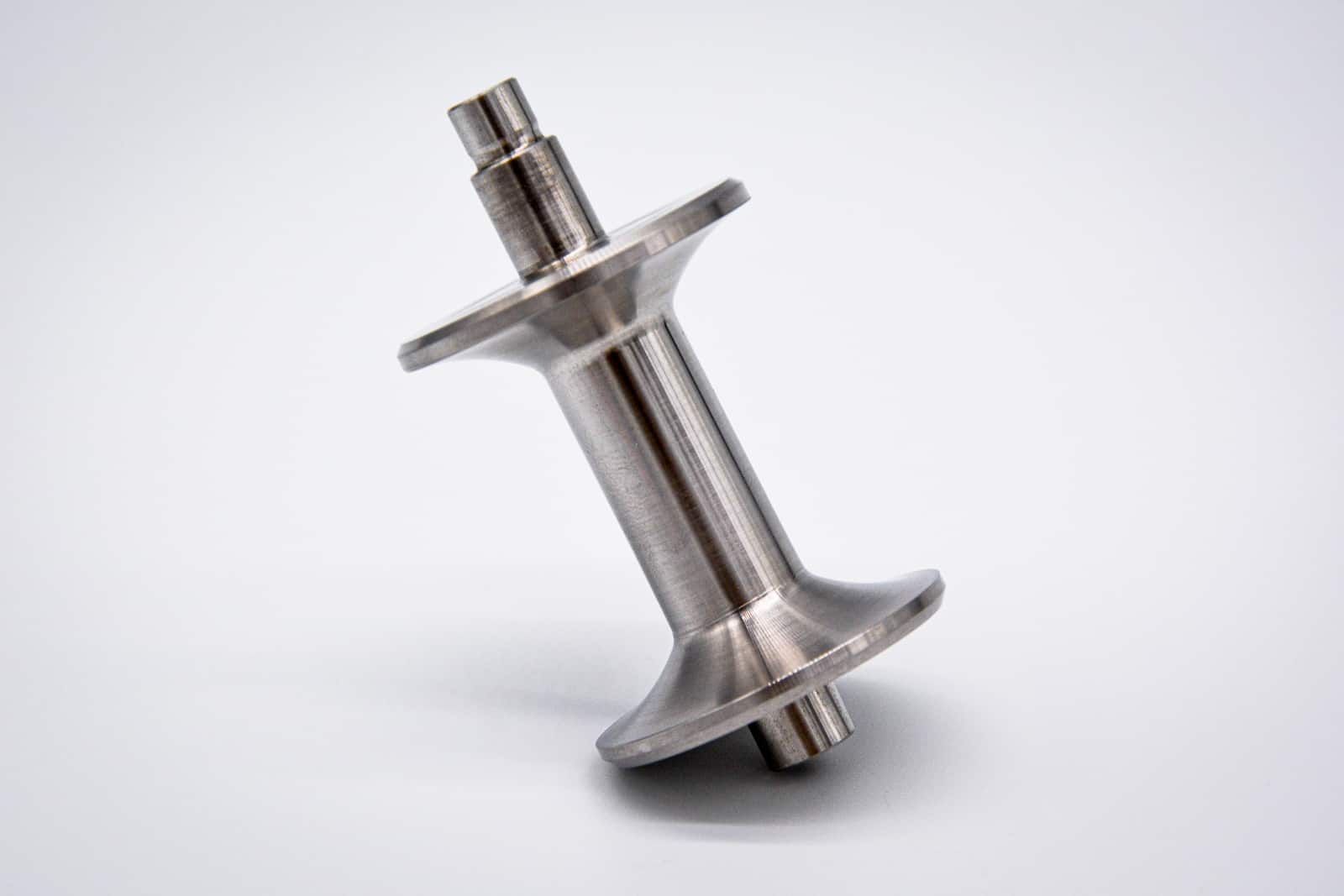
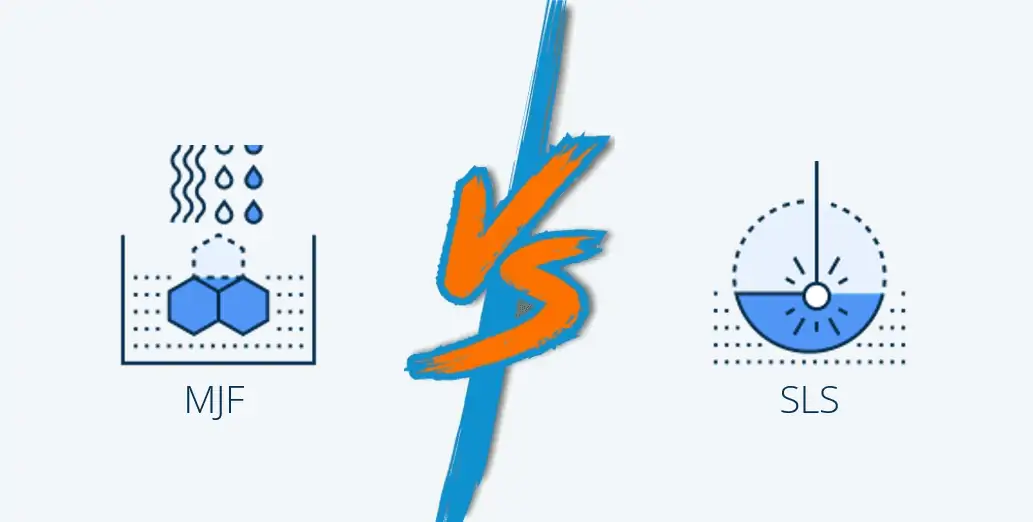
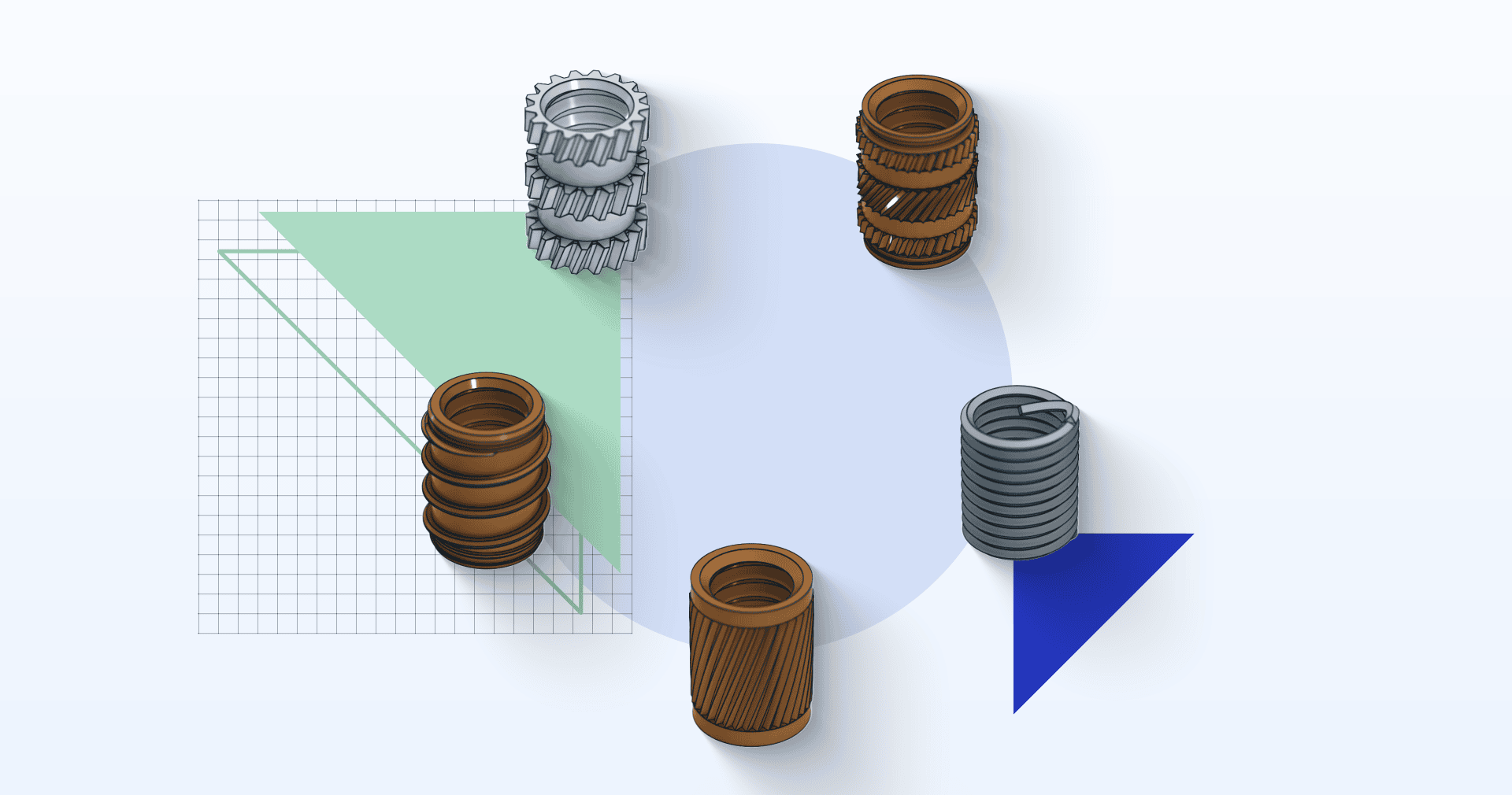
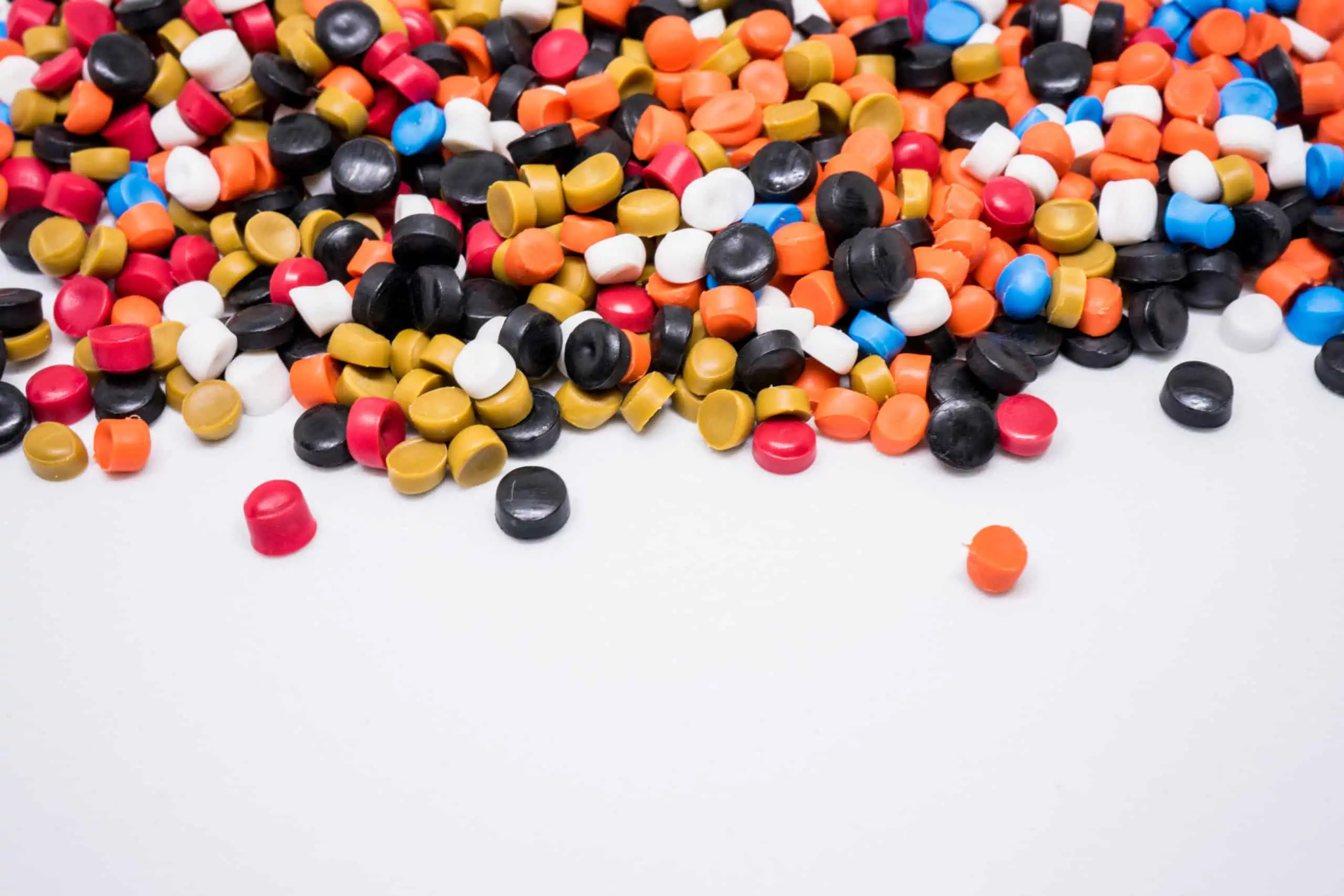


Comment(0)